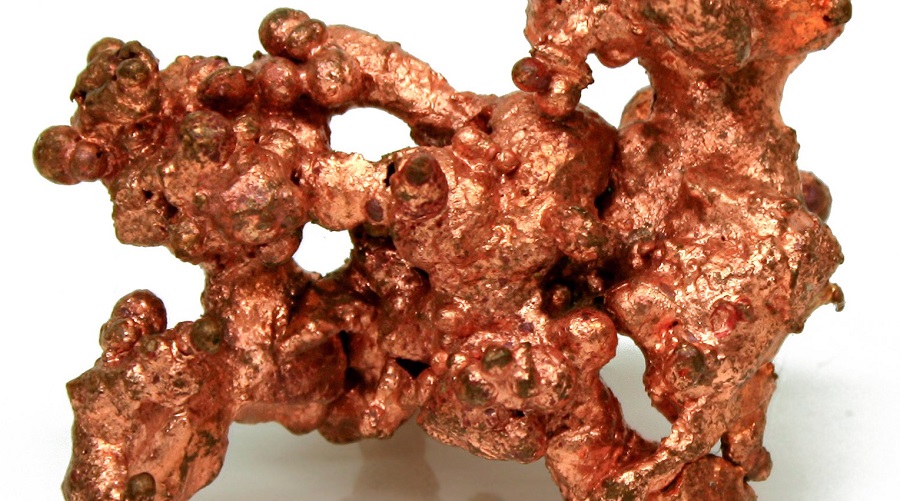Quantum computing turning to copper

In order to store new quantum data that can be processed by quantum computers, scientists from Boston College and Harvard are exploring the possibilities that copper offers.
In a new report published in the Journal of the American Chemical Society, physicist Fazel Tafti explains how he and his team created an elusive honeycomb-structured material capable of keeping the quantum state of individual atoms from changing or decaying, which is crucial to store quantum information long-term.
“The first-of-its-kind copper iridate metal oxide – Cu2IrO3 – is one where the natural magnetic order is disrupted, a state known as geometric frustration,” Tafti said in a press release related to the study.
The copper iridate is an insulator – its electrons are immobilized in the solid – but they can still transport a magnetic moment known as “spin.” The transport of free spins in the material allows for a flow of quantum information.
The research is based on what is known as the Kitaev model, which was developed a decade ago and states that a hexagonal honeycomb structure offered a promising route to geometric frustration and therefore, to quantum spin liquid.

Photo by Boston College.
However, only two honeycomb lattice have been successfully developed in an attempt to fulfill Kitaev’s model: a lithium iridate (Li2IrO3) and a sodium iridate (Na2IrO3). “Yet both fell short of achieving an ideal spin liquid due to magnetic ordering,” Tafti said.
That is why he and his colleagues turned to copper, which they concluded had the ideal atomic size for their purposes, since it is between lithium and sodium. Plus, their studies in x-ray crystallography found subtle flaws in the honeycombs formed in the iridates of the two latter elements. Thus, the team swapped copper for sodium and the shift produced the first oxide of copper and iridium.
“Copper is ideally suited to the honeycomb structure [because] there is almost no distortion,” he concluded.
{{ commodity.name }}
{{ post.title }}
{{ post.date }}



2 Comments
Mike Failla
Cool!
Pop Chaser
time to buy more copper…